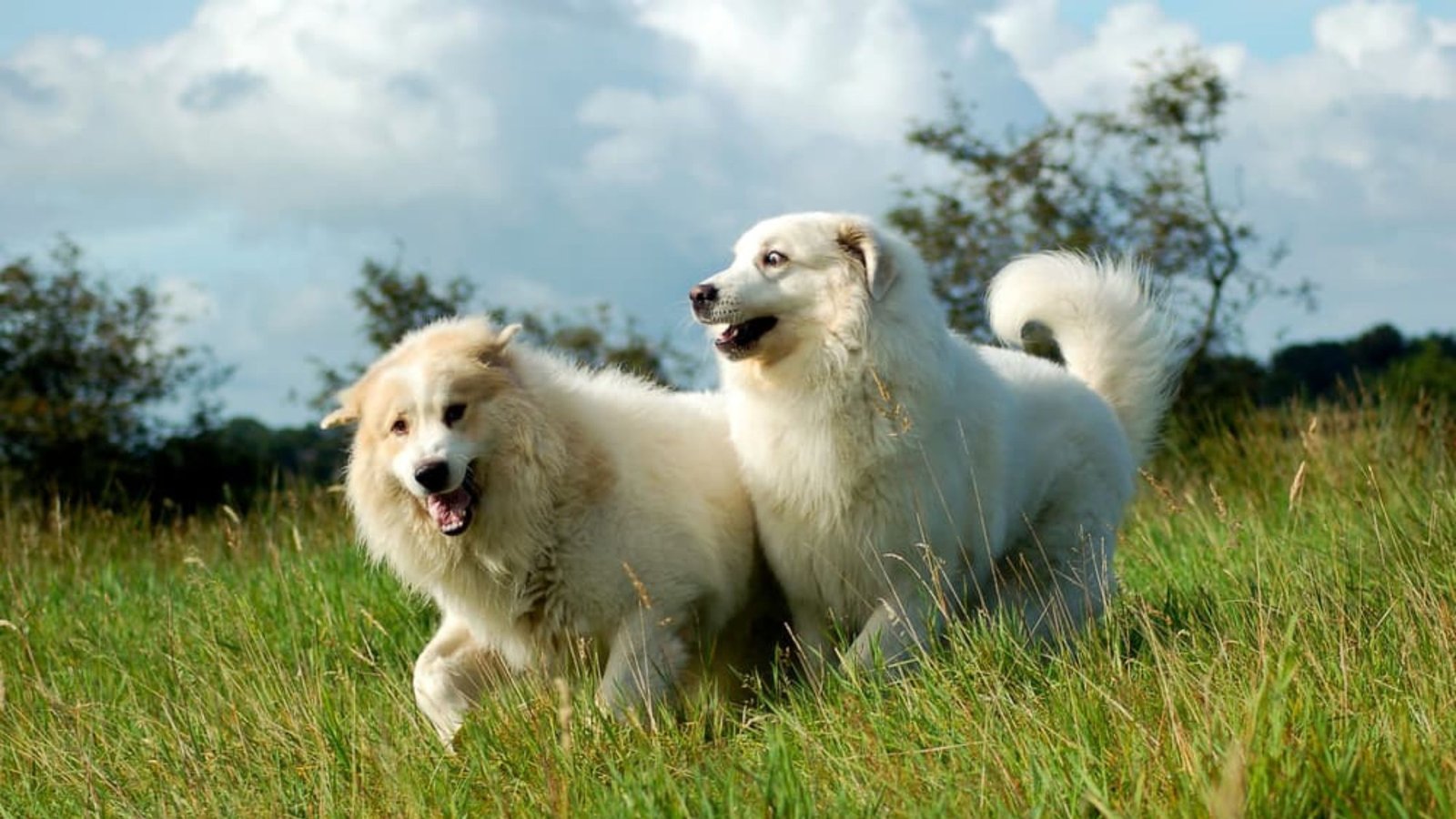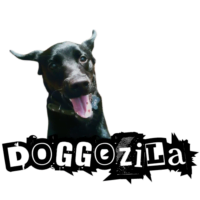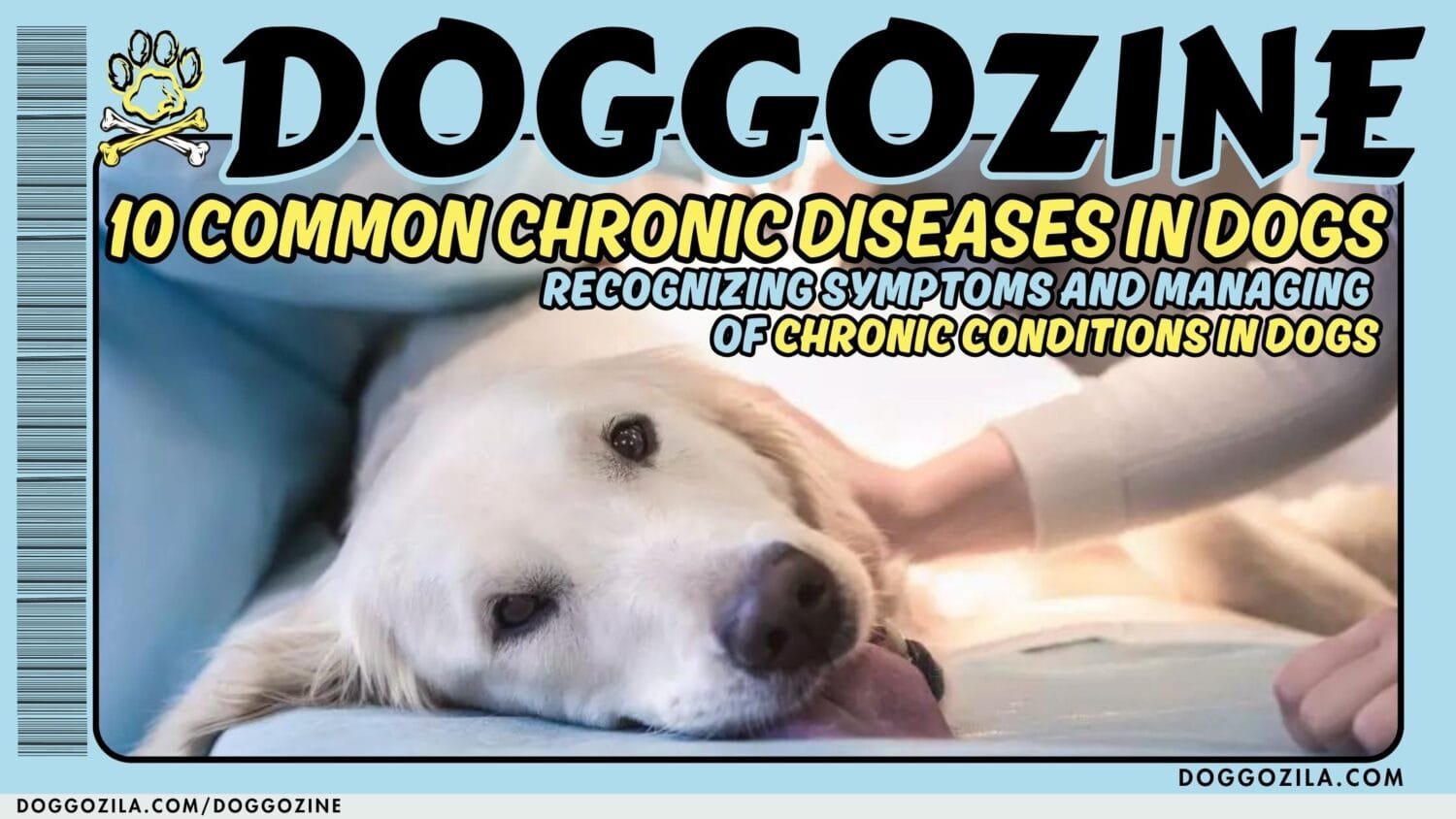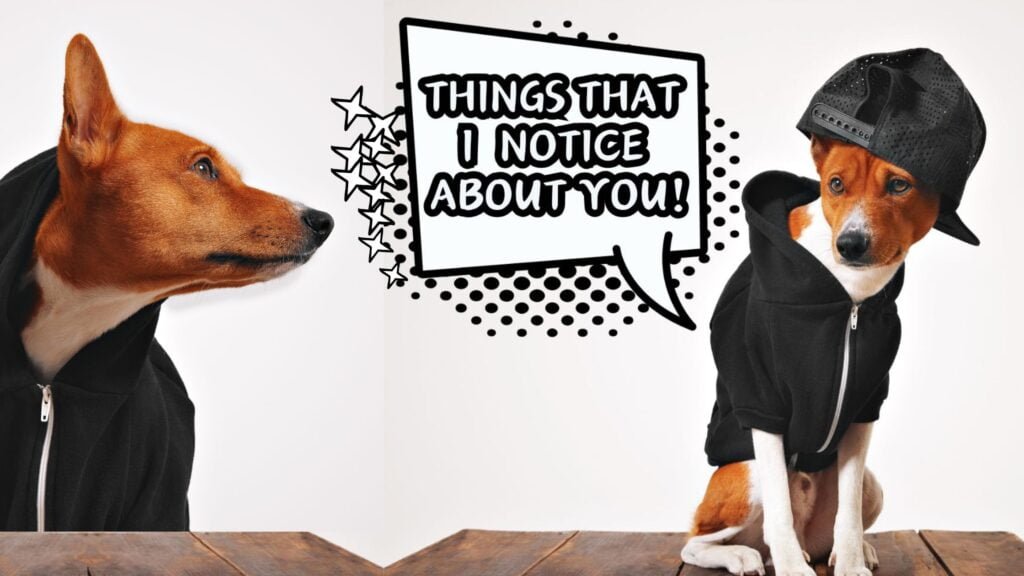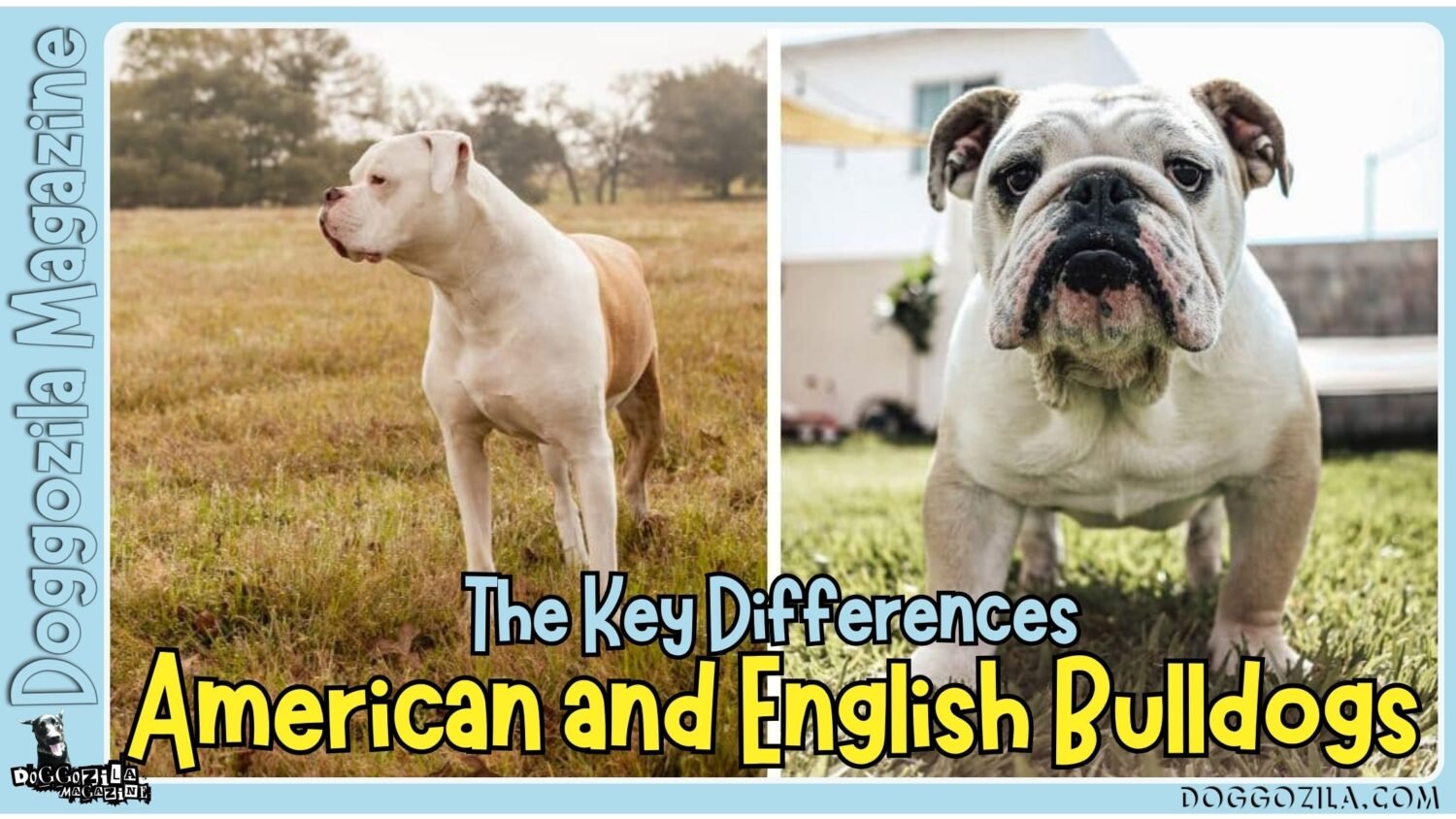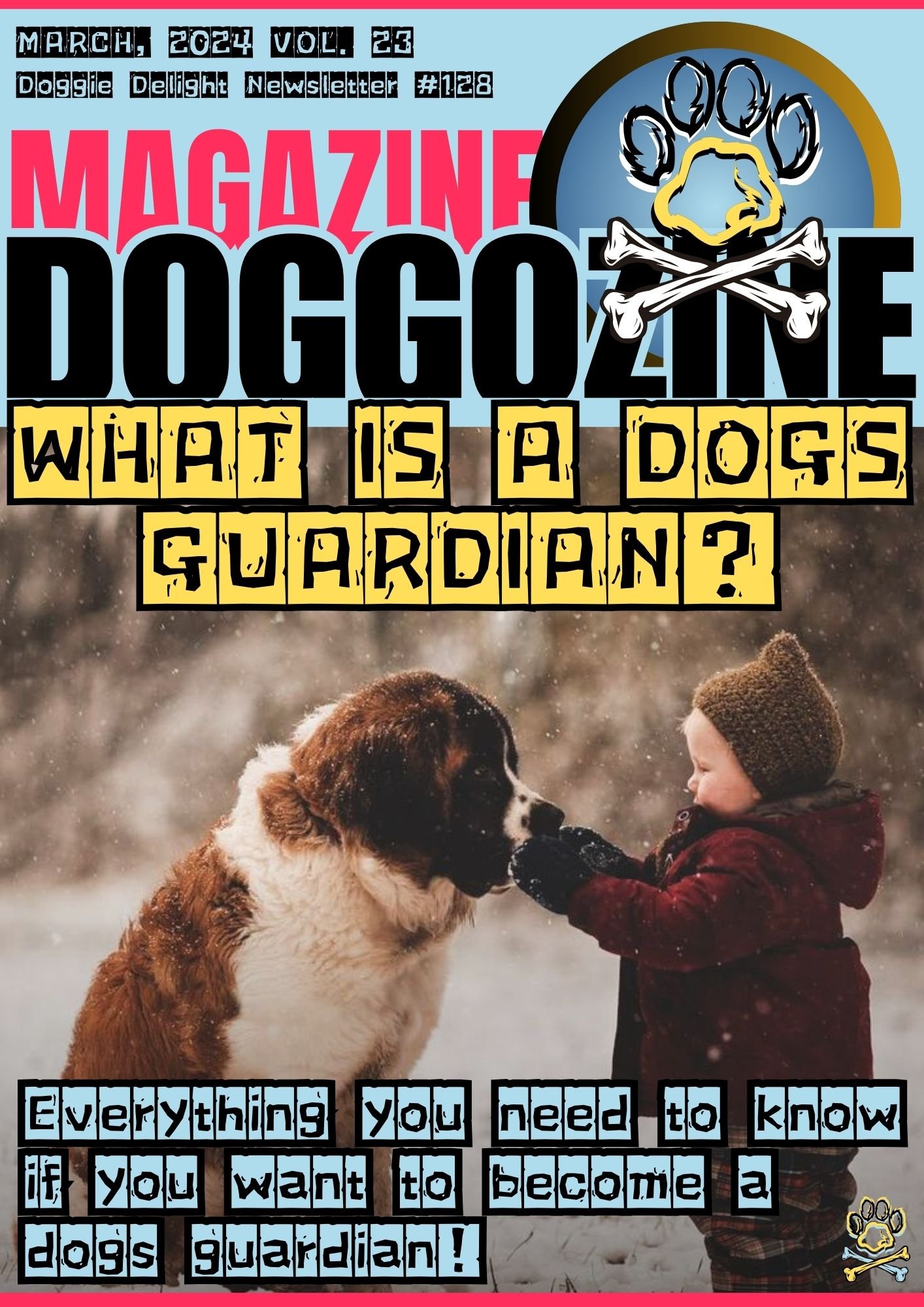
THE IMPORTANCE OF PUPPY SOCIALIZATION
Dogs Guardian basics, when it comes to raising a well-adjusted and confident dog, socialization plays a crucial role. The socialization window in puppies typically closes around 14 weeks of age, making this period a critical time for their development. It is during this time that puppies need to have positive and passive exposure to the various aspects of life they will be expected to cope with as they mature into adult dogs.
What is Puppy Socialization?
Puppy socialization refers to the process of exposing young puppies to a wide range of experiences, people, animals, and environments in a positive and controlled manner. Dogs guardian goal is to help puppies develop the necessary social skills and confidence to navigate the world around them.
During the socialization period, puppies are more receptive to new experiences and less likely to develop fear or anxiety towards unfamiliar situations. By providing them with positive and gentle exposure to different stimuli, we can help them build a solid foundation for a happy and well-adjusted life.
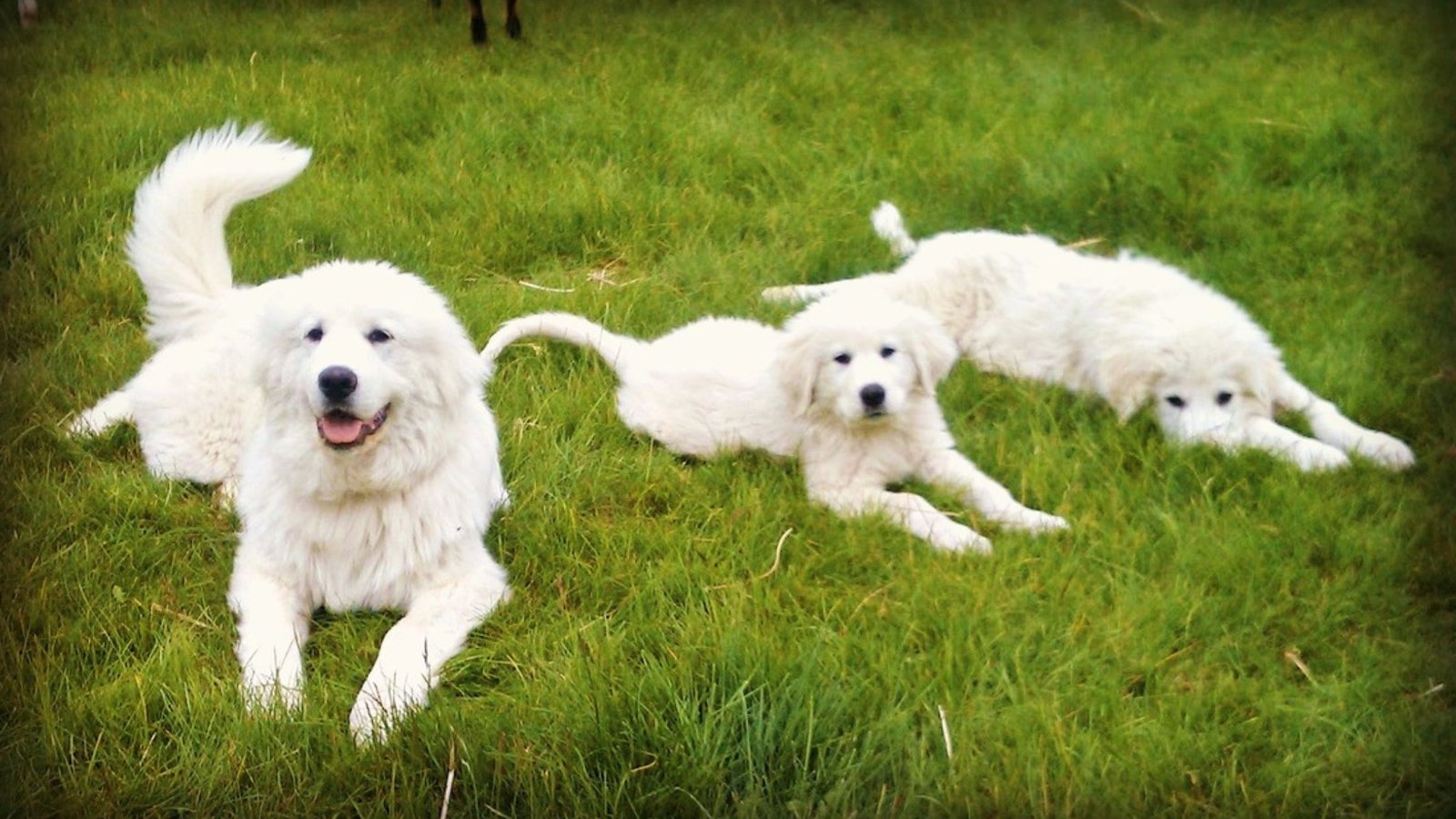
WHY IS PUPPY SOCIALIZATION IMPORTANT?
Proper socialization is crucial for a puppy’s mental and emotional well-being. Here are some key reasons for dogs guardians why puppy socialization is so important:
Preventing Fear and Anxiety and Building Positive Associations
Early socialization helps puppies develop confidence and reduces the likelihood of them developing fear or anxiety towards new people, animals, or environments. By exposing them to a variety of situations during the critical socialization period, we can help them become more resilient and adaptable.
The greatest guardian of dogs know that the pup need positive environment. As the positive experiences during socialization can shape a puppy’s perception of the world. By introducing them to different people, animals, and environments in a positive and controlled manner, we can help them form positive associations and reduce the likelihood of fear-based reactions later in life.
Improving Social Skills and Enhancing Trainability
Puppy socialization provides opportunities for puppies to interact with other dogs and learn appropriate social skills. Through supervised play and controlled interactions, they can learn how to communicate, establish boundaries, and develop good manners when interacting with other dogs and humans.
A well-socialized puppy is more likely to be receptive to training. By exposing them to different environments and experiences, we can help them develop a curious and confident mindset, making them more eager to learn and explore new things.
Preventing Behavior Problems
Puppies that are not properly socialized are more prone to developing behavior problems such as fear aggression, separation anxiety, and excessive barking. By providing them with positive and controlled exposure to various stimuli, we can help prevent these issues from arising in the future.

HOW TO SOCIALIZE YOUR PUPPY
Here are some tips from the dogs guardian to help you effectively socialize your puppy:
Start Early
Begin socializing your puppy as early as possible. The critical socialization period typically starts around 3 to 4 weeks of age and lasts until around 14 weeks. Puppies are more open to new experiences and less likely to develop fear or anxiety or any other bad behaviours for that period of their lifes.
Gradual Exposure
New things like people, animals, and places can feel scary for puppies. It’s best to slowly show them new stuff in calm and relaxed areas. Start simple, then add more distractions bit by bit. This helps prevent pups from feeling overwhelmed and keeps things fun.
Positive Reinforcement Training
Use treats, praise, and playtime to reward calm, confident behavior when meeting new things. This helps puppies learn that new experiences are enjoyable. Positive reinforcement training builds happy associations.
Controlled Interactions
When introducing puppies to other dogs or animals, have an adult supervise and keep things controlled. First meet friendly, socialized dogs that have great guardian, then slowly add different dog personalities. This gradual approach helps pups learn safely.
Exposure to Different Environments
Allow pups to explore parks, sidewalks, pet stores, grass, sand, and concrete. Experiencing various sights, sounds, and surfaces helps build confidence in new situations. But take it slow and keep pups feeling secure.
Ongoing Socialization
Socialization doesn’t stop after puppy hood. As a guardian you should keep exposing adult dogs to novel people, animals, and places throughout life. Continued socialization reinforces positive behavior and prevents fear or aggression from developing over time.
Puppy socialization is important for a happy pup. With positive experiences, we help puppies feel confident. Start early and make it fun. Give treats for good behavior. Keep socializing even as they grow up. This helps puppies become well-rounded grown dogs.
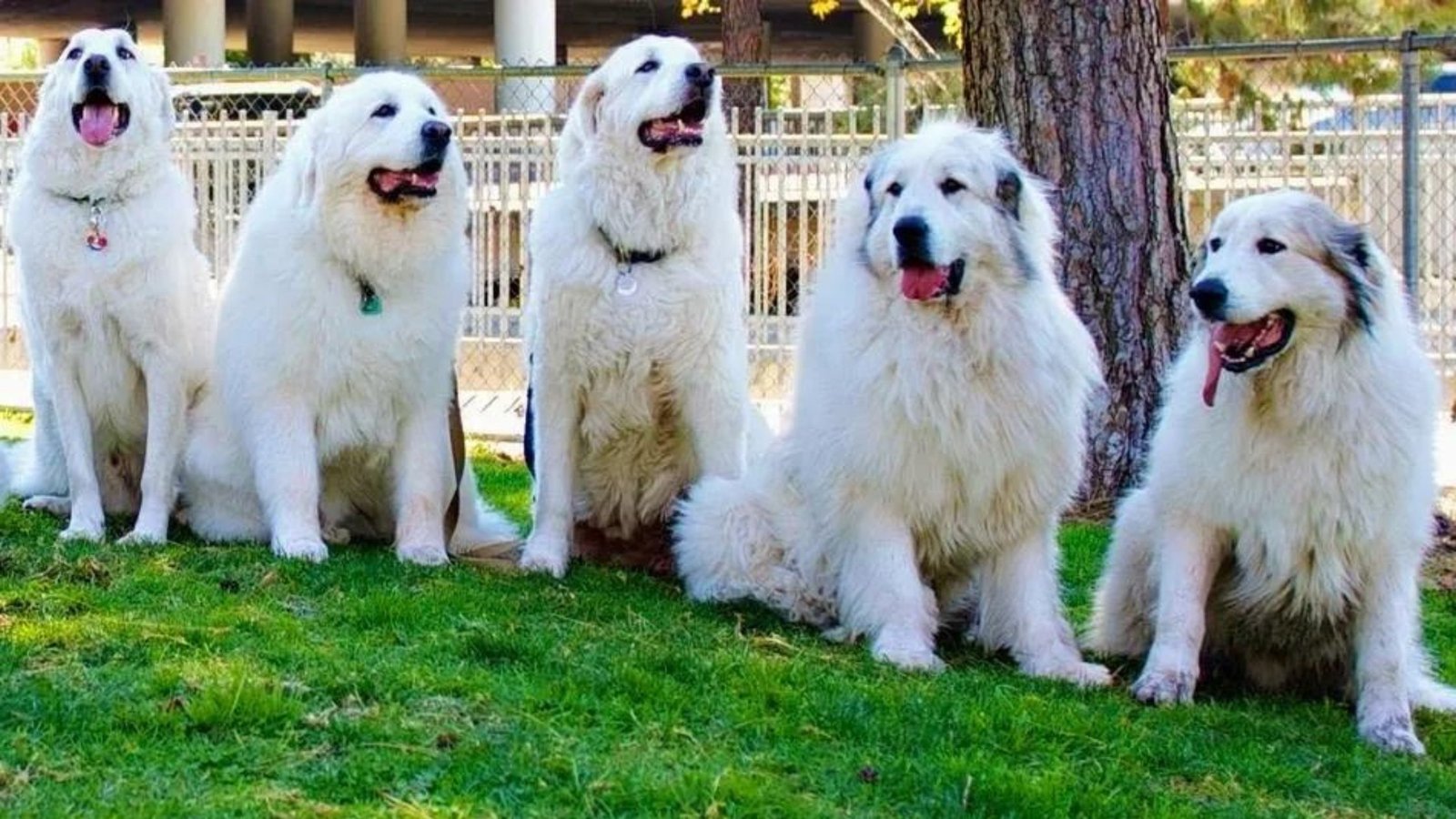
UNDERSTANDING ADOLESCENCE IN DOGS: A DEVELOPMENTAL STAGE
Dogs go through a “teenager” phase from 6 to 18 months old. During this time, they may act differently. Typical adolescent dog behaviors include being too excited, jumping on people, chewing things, and biting when teething. These changes can be hard for owners. But they are normal and will pass as the dog matures.
Behavioral Changes during Adolescence
In adolescence, dogs may do things owners dislike. They may have poor self-control, get over-excited, jump up, chew, and mouth/bite people when teething. Though frustrating, this is natural development. With patience and training, the dog will outgrow these issues. Owners must guide their teenage dogs through this stage.
During adolescence, owners need understanding. With proper training, they can help their teenage dogs. Then the dogs with proper guardian will develop good habits and behavior as adults.
Mastering Self-Control in Young Dogs
Young pups often struggle with self-control. They may get overly excited and act without considering consequences, like jumping on people or chewing things they shouldn’t. To address this, focus on training exercises that teach impulse control. Commands like “sit,” “stay,” and “leave it” help dogs pause before acting.
Consistently reinforcing these commands and rewarding good behavior can help young dogs develop better self-control and decision-making. Young dogs have lots of energy. They require regular exercise to channel that energy positively. Daily walks or secure play areas allow them to burn off excess energy. This can reduce restlessness and prevent destructive behaviors.
Keeping Young Dogs Mentally Active
Physical activity alone isn’t enough for young dogs. Mental stimulation through puzzle toys, obedience training, and interactive games is equally important. A mentally engaged dog is less likely to act out from boredom or excess energy.
Young dogs need exposure to new environments, people, and animals to develop proper social skills and confidence. Socializing them during this critical stage helps reinforce positive behaviors and prevents future issues.
The Benefits of Early Socialization
Adolescence is an ideal time to continue socializing dogs. Introducing them to various situations helps develop appropriate social skills. Well-socialized dogs learn to confidently navigate different environments and interactions with others.
Dogs go through an adolescent phase as they grow. During this time, you must introduce new things slowly and positively. By rewarding good behavior with treats or praise, owners can help their dogs cope with new situations. This builds resilience and adaptability.
Stay Consistent and Use Rewards
Being consistent is important when training adolescent dogs. You must set clear rules and stick to them. This helps dogs understand what you expect. Using treats, praise, or play to reward good behaviors motivates dogs. It works better than punishing bad behaviors.
Do not punish adolescent dogs harshly. This could make them afraid or aggressive. Instead, calmly stop bad behaviors and reward good ones.
Get Expert Assistance
If you struggle with your adolescent dog’s behavior, seek help. A certified dog trainer or behaviorist can guide you. They understand this challenging phase and can tailor advice for your situation.
Remember, adolescence is temporary. With proper training, undesirable behaviors will fade. By understanding and supporting your adolescent dog, you can help them become a well-behaved adult companion.

HOW MANAGEMENT CAN HELP WITH DOG BEHAVIOR
Managing your dog’s environment is very important for addressing unwanted behaviors. It involves creating an environment that promotes good behavior and prevents problem behaviors from happening. By using management strategies, dog owners can reduce frustration and live in harmony with their furry friends.
What is Dog Behavior Management?
Management in dog behavior means using physical barriers, tools, and techniques to prevent unwanted behaviors. It provides an immediate solution instead of relying only on training and behavior modification.
For example, if your dog tears apart the trash in the kitchen, instead of scolding or cleaning messes, you can use management. Get a secure trash can or keep the trash in a place the dog cannot access.
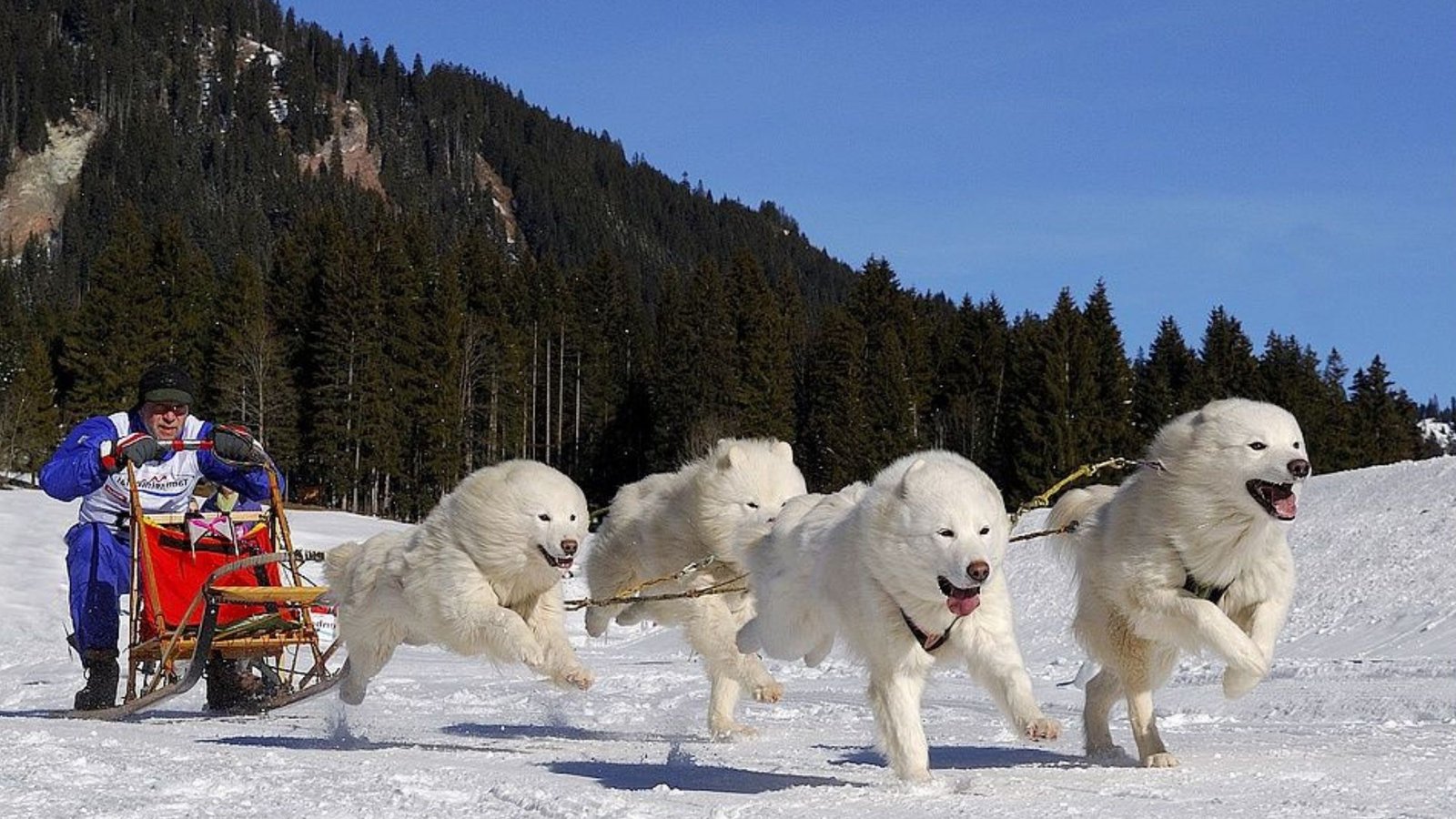
BENEFITS OF DOG BEHAVIOR MANAGEMENT
Using management in your dog’s daily routine has several advantages:
Prevents Unwanted Behaviors
Management techniques prevent dogs from doing unwanted things. By removing opportunities for bad behavior, owners avoid frustration and stress from constantly correcting their dog.
Reducing Stress and Frustration
Constantly correcting unwanted behaviors can feel tiring for both dogs and owners. Management helps owners build positive bonds with their dogs, rather than always dealing with behavior issues.
Keeping Dogs Safe
Management techniques help keep dogs and their surroundings safe. Using baby gates or crates prevents dogs from accessing dangerous areas or objects.
Aiding Training and Behavior Changes
Good management is key for successful training and changing behaviors. By removing chances for unwanted behaviors, owners can teach their dogs new actions and reward good ones. This helps create a learning environment and makes training easier.
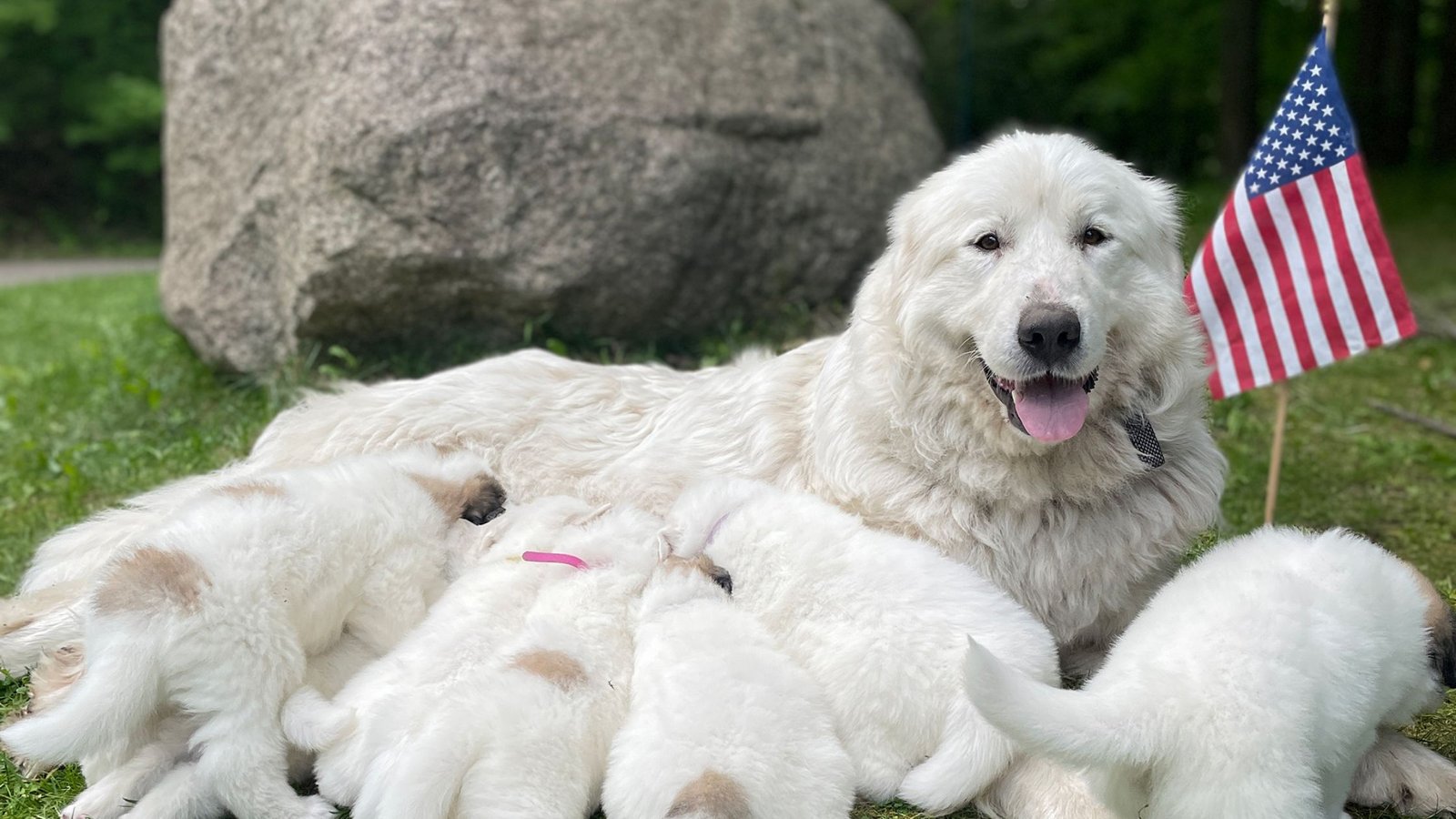
EFFECTIVE DOG BEHAVIOR MANAGEMENT STRATEGIES
There are various strategies to manage a dog’s behavior:
Physical Barriers
Baby gates or fences can restrict a dog’s access to certain house or yard areas. This prevents destructive behaviors or keeps dogs away from dangerous objects.
Environmental Changes
Modifying the environment can prevent unwanted behaviors. For example, keeping valuables out of reach or using deterrent sprays can discourage dogs from chewing furniture or household items.
Supervision and Leash Control
Always keep an eye on your dog. Use a leash when outside the house. This helps keep your dog safe. It also prevents issues like dogs wandering off or acting aggressively towards others.
Training and Enrichment
Train your dog basic commands. Provide toys and activities that stimulate their mind. This helps redirect their energy in a positive way and prevents boredom-related misbehaviors.
Integrating Management With Training And Behavior Modification
Proper management helps prevent unwanted behaviors from dogs. However, it should not replace training and modifying the dog’s behavior. Use management techniques along with training and behavior modification for best results.
Training teaches dogs proper behaviors. Behavior modification addresses the root causes of problematic actions. Combining management strategies with training and modifying behaviors helps address issues effectively. It sets your dog up for long-term success.
Management is a powerful tool for handling dog behaviors. It prevents undesirable actions, reduces stress, promotes safety, and creates an environment favorable for training. However, use management along with training and behavior modification for optimal results. A proactive approach combining these elements helps create a harmonious living situation for you and your furry companion.

WHY ADOPTING AN ADULT DOG IS A GREAT IDEA – AND HOW TO HANDLE COMMON ISSUES
Benefits of Getting an Older Dog
Getting a dog is exciting and fulfilling. Many people prefer puppies, but adult dogs have great advantages too. This article explains why older dogs are great, and how to deal with common behavior problems after adoption.
Predictable Personality
A big plus of an adult dog is knowing their personality already. Puppies are still developing, but an older dog has a set temperament. You can see their energy level, sociability, and lifestyle fit before taking them home.
Prior Training Helps
Adult dogs often have some prior training. Many are already house-trained and know basic obedience commands. This saves you time and effort compared to training a puppy from scratch. Older dogs are calmer too, making training easier.
Lower Activity Needs
Puppies have endless energy and need lots of exercise. Adult dogs require less activity. They’re content with regular walks and playtime, fitting relaxed lifestyles well. Lower energy means less risk of destructive behaviors.
Giving a Dog a New Life
By adopting an adult dog, you become their guardian. You give them a second chance at a happy life. Adult dogs often struggle to find homes compared to puppies. Many end up in shelters or rescue centers. By adopting an adult dog, you gain a loyal friend and save a life.
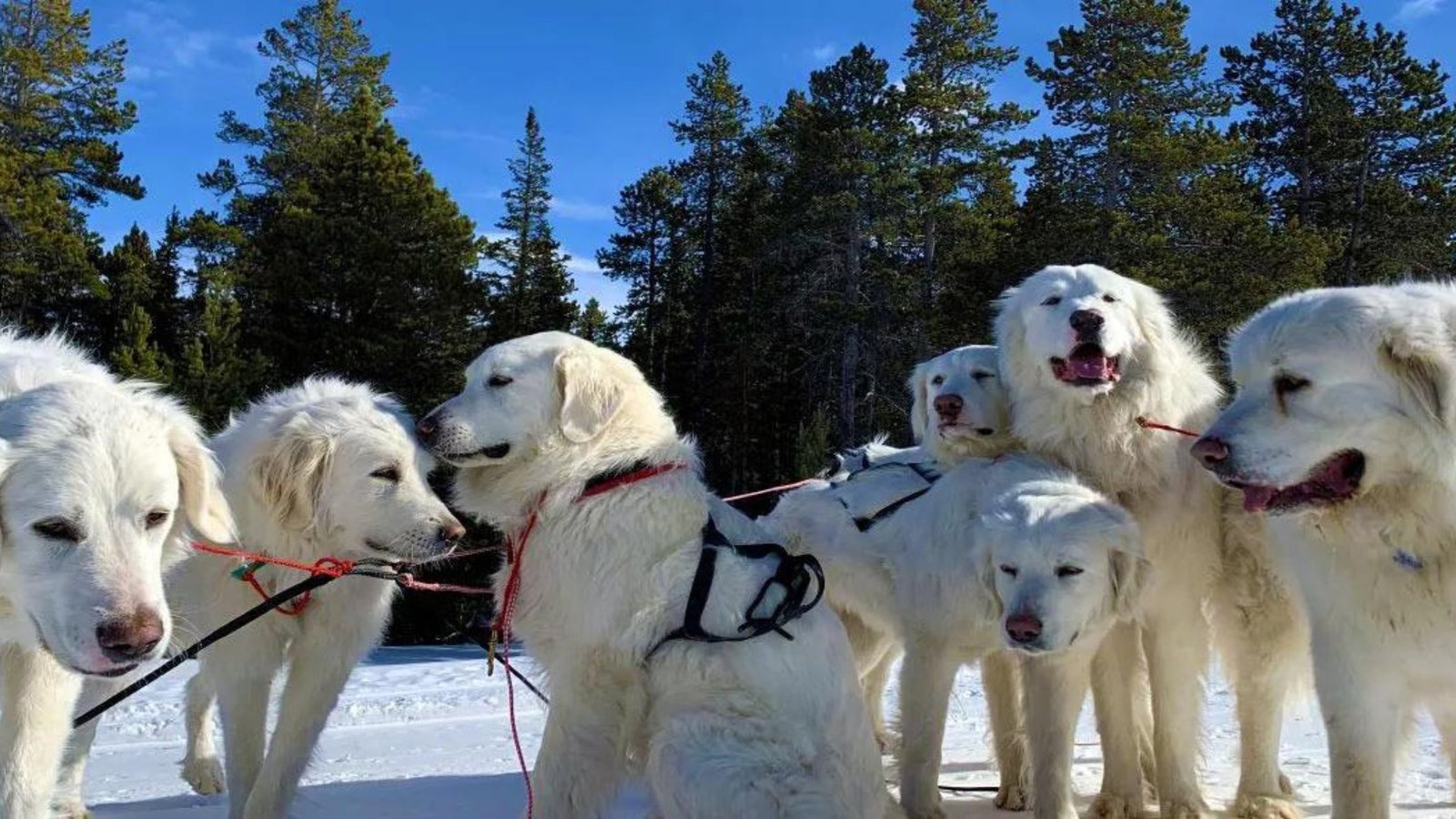
SOLUTIONS FOR COMMON BEHAVIOR ISSUES
Dogs Feeling Alone
Newly adopted dogs may feel anxious when left alone. They may bark excessively, damage things, or have accidents. To help, slowly get your dog used to being alone for short times. Give them interactive toys. Create a safe, cozy space for them. Consult a dog trainer or expert for more guidance.
Dogs Feeling Scared or Aggressive
Some adult dogs went through traumatic events, leading to fear and aggression. Approach these dogs patiently and understandingly. Gradually expose them to new experiences, using positive reinforcement. Seek help from a professional behaviorist. They can address underlying issues and create a behavior plan.
House Training Challenges
House training can be difficult for newly adopted adult dogs, especially if not properly trained before. Establish a consistent bathroom schedule. Reward your dog for going in the right place. Closely supervise them indoors. Give them frequent outdoor opportunities. Avoid punishment-based training, as it can cause fear and anxiety.
Leash Reactivity
Leash reactivity, like barking or lunging at other dogs or people, is a common issue with newly adopted dogs. This behavior can be improved through positive training and gradual exposure. The dog’s owner should slowly introduce triggers at a distance and reward calm reactions. Seek help from a professional if the reactivity persists or worsens.
Resource Guarding
Resource guarding is when a dog becomes protective or aggressive over food, toys, or other items. This can be managed through positive training and behavior modification. Teach your dog commands like “drop it” and “leave it,” and gradually get them used to others approaching their belongings. Consult a professional trainer for guidance and support. Successful guardian of dogs know to recognize all of these behaviors!
Quick Summary on Dogs Guardian
Adopting an adult dog makes you an excellent dog parent and has many advantages, like an established personality, existing training and socialization, lower energy levels, and the satisfaction of saving a life.
However, be prepared for common behavioral issues that may arise with newly adopted dogs. By following the solutions provided for separation anxiety, fear and aggression, house training problems, leash reactivity, and resource guarding, you can ensure a smooth transition and a happy, well-adjusted companion.
HELP MORE DOGS BE GREAT AS GUARDIAN
